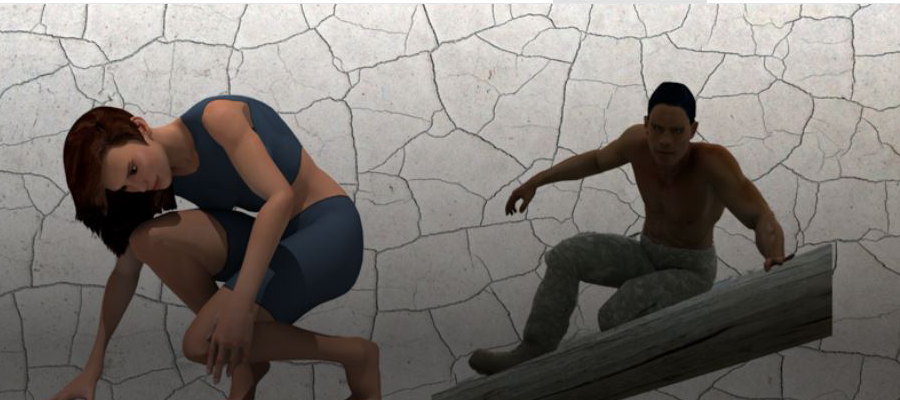Abstract
Appropriate motorcycle design is essential to mitigate the discomfort and fatigue that a rider may experience. This can be achieved by combining computer-aided engineering and digital human modeling to investigate interactions between motorcycles and riders prior to developing physical prototypes. When predicting riding postures for novel designs, it is useful to use optimization-based predictive models. However, to effectively use optimization, it is important to know what objective function(s) and associated weightings are necessary to predict realistic riding behaviors.The purpose of this analysis was to identify the objective function weightings that best predict preferred riding postures.
A scoping review was conducted to identify preferred riding postures based on experimental data. Santos Pro™ was used in manual manipulation mode to recreate a preferred (gold standard) riding posture. Posture prediction mode was then used to predict riding postures using various objective functions which can be applied and weighted in Santos Pro™. However, it is unclear which weightings would predict the closest posture to the gold standard. Therefore, a response surface methodology was used to compute joint angle errors between the gold standard and predicted postures. The predicted postures used combinations of three minimization objective functions: (1) discomfort, (2) joint displacement, and (3) maximum joint torque, at varying weights (0-100%). Both 50th and 95th percentile males and females were analyzed. Error results were fit with a multivariate model, which was minimized to estimate the objective function weights that resulted in the lowest error between the gold standard and predicted postures.
When averaging the best objective function weighting results across all avatars, the estimated best objective function weighting combination was 100%, 24%, and 0% for discomfort, joint displacement, and maximum joint torque objective functions, respectively. These results indicate that the best way to model comfortable riding postures is to weight the minimize discomfort objective highly. The response surface method was able to provide an empirical means to identify the best objective function weights. By determining the best weighting combinations needed to model rider postures, end-users can quickly evaluate the influence of a structural design change within a virtual environment.
Keywords: motorcycle, posture prediction, CAD, objective function weighting
How to Cite:
Davidson, J. & Fischer, S., (2022) “Identifying the best objective function weightings to predict comfortable motorcycle riding postures”, Proceedings of the 7th International Digital Human Modeling Symposium 7(1): 36, 2 pages. doi: https://doi.org/10.17077/dhm.31744
Rights: Copyright © 2022 the author(s)
Publisher Notes
- This abstract is related to: Justin B. Davidson, Joshua G. A. Cashaback & Steven L. Fischer (2022) A response surface methodology to determine the optimal objective function weightings within a multi-objective optimization digital human model used to predict postures, Computer Methods in Biomechanics and Biomedical Engineering, DOI: https://doi.org/10.1080/10255842.2022.2052052 Davidson JB, Cashaback JGA, Fischer SL. Exploring Optimal Objective Function Weightings to Predict Lifting Postures Under Unfatigued and Fatigued States. Human Factors. June 2022. doi: https://doi.org/10.1177/00187208221096928
Downloads:
Download PDF
View
PDF

